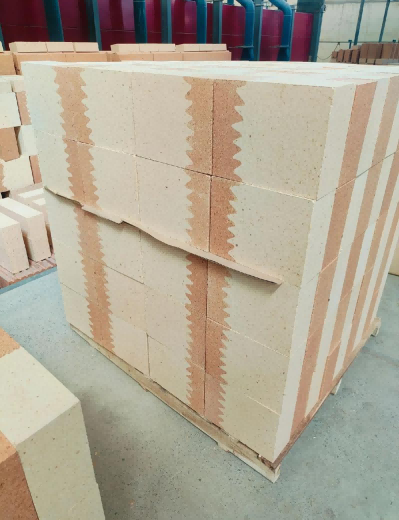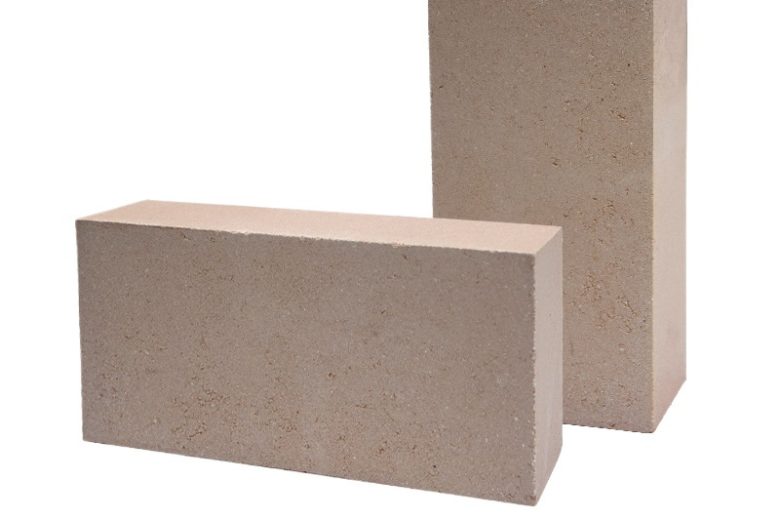The main defects in the production process of refractory bricks are underburning, overburning, damage, contamination, core encirclement, distortion, cracking, etc.
Underfiring is a problem caused by insufficient firing temperature, inadequate holding time or cold air entering the hole. Under normal circumstances, underfired bricks have low mechanical strength, loose bonding, a dull sound when struck, are prone to damage during handling, and have poor high-temperature performance and erosion resistance.
Overburning of refractory bricks is a problem caused by excessively high firing temperatures, overly long holding times, or direct contact of flames with the brick surface. Under normal circumstances, overfired bricks have high mechanical strength, low apparent porosity, significant dimensional shrinkage, large deformation of the brick body, overly tight bonding, severe vitrification, crackling sounds when struck, and very poor thermal shock resistance. Overburning may also cause refractory bricks to bubble, have a decrease in density, an increase in apparent porosity, and an increase in volume expansion.
The damage of refractory bricks refers to defects such as missing edges, chipped corners and falling particles after firing. The reasons are that the amount of matrix is too small, the strength of the binder is insufficient, the force is too strong during transportation, the mixing is uneven, the particles are separated, the molding pressure is insufficient or the firing temperature is too low, etc.
Refractory brick contamination is caused by defects such as melting holes and iron spots. The cause of the melting holes is that low-melting substances like impurities are mixed into the brick-making material, causing the refractory bricks to melt during firing. Iron spots are dark patches caused by the mixture of iron substances during manufacturing and the oxidation and diffusion of iron substances during firing. The reason is that iron substances are mixed into the refractory raw materials during crushing and grinding.
Black heart is a defect that occurs when the center of refractory products remains black after firing. The cause of black heart may be that the surface of the product is sealed by the glass phase formed before the organic matter inside is oxidized, or it may be due to the product being fired in a reducing atmosphere and being affected by an oxidizing atmosphere during cooling.
Cracks in refractory bricks refer to various types of cracks that refractory bricks possess after firing, including surface, internal, visible and concealed cracks. The causes of cracks vary. For instance, excessive weight of the first hammer during molding can lead to layer cracking, and excessive or uneven shrinkage and expansion during drying and firing can also cause cracks. Uneven heating and cooling of the brick body during firing can also lead to inconsistent firing line changes or excessive thermal stress, which may cause cracking.
Leave a Message
Contact Us
Email: [email protected]
TEL: +86 13721425142

The light and heavy composite high alumina brick integrates the functions of the two layers of refractory bricks that need to be laid for the…

For a long time, the anti-seepage materials for electrolytic aluminum cells in our country have mostly adopted unshaped dry anti-seepage materials, which generally have problems…
Submit Request
PDF Request